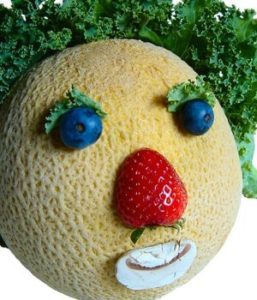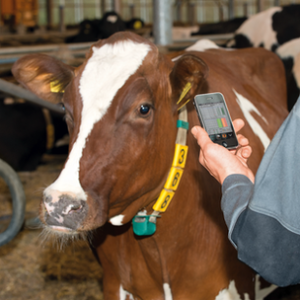I judged my first science fair this morning.
I’ve done lots of stuff with schoolkids over the years – food is a wonderful teaching tool – but this was tough.
 There were 10 of us, judging about 180 projects at one elementary school.
There were 10 of us, judging about 180 projects at one elementary school.
Being the newbie, I got the prep (kindergarten) and grade 1s (grade 2 would have been a conflict of interest).
We had score sheets that will be returned to the students, and I thought, how do I evaluate this, I don’t want to crush the investigative soul of a 6-year-old.
It’s fair game to crush the souls of PhD students and other profs through peer-review, but this felt like peer-review for little kids.
I mainly wrote encouraging things and asked questions.
The things kids think of.
We have an awards thingy later tonight, with the all-Aussie sausage sizzle (yes, I will bring my tip-sensitive digital thermometer and use it, because that is the only data that matters when involving food safety), but I wonder if they’ll serve rockmelon (cantaloupe).
Probably not.
They know who I am, and didn’t serve it at the last school function, after 97 were confirmed sick with Salmonella linked to rockmelon from Red Dirt Farms in the Northern Territories of Australia.
But, as is often, public health seems to take a back seat to biz.
Matt Brann of ABC reports that demand for rockmelons has dived following a salmonella scare earlier this month, which was linked to rockmelons from a farm in the Northern Territory.
(It’s not a scare, it’s an outbreak with lots of sick people).
Christian Bloecker is in the middle of his rockmelon harvest in the Kimberley’s Ord Irrigation Scheme, and said fruit was now being left in the paddock.
“There’s nothing as a farmer that you can really do about it, apart from getting the awareness out there that rockmelons from the Ord are beautiful, fresh and safe to eat,” he said.
Then you’re getting bad advice.
Prove everything you do to produce a safe crop. Look at models in California and Colorado.
Market your food safety at retail.
Some growers are better than others. They should be rewarded.
Soundbites are empty when people are sick.
And as I judged the students this morning, it wasn’t about soundbits and show: it was, show me the data.










